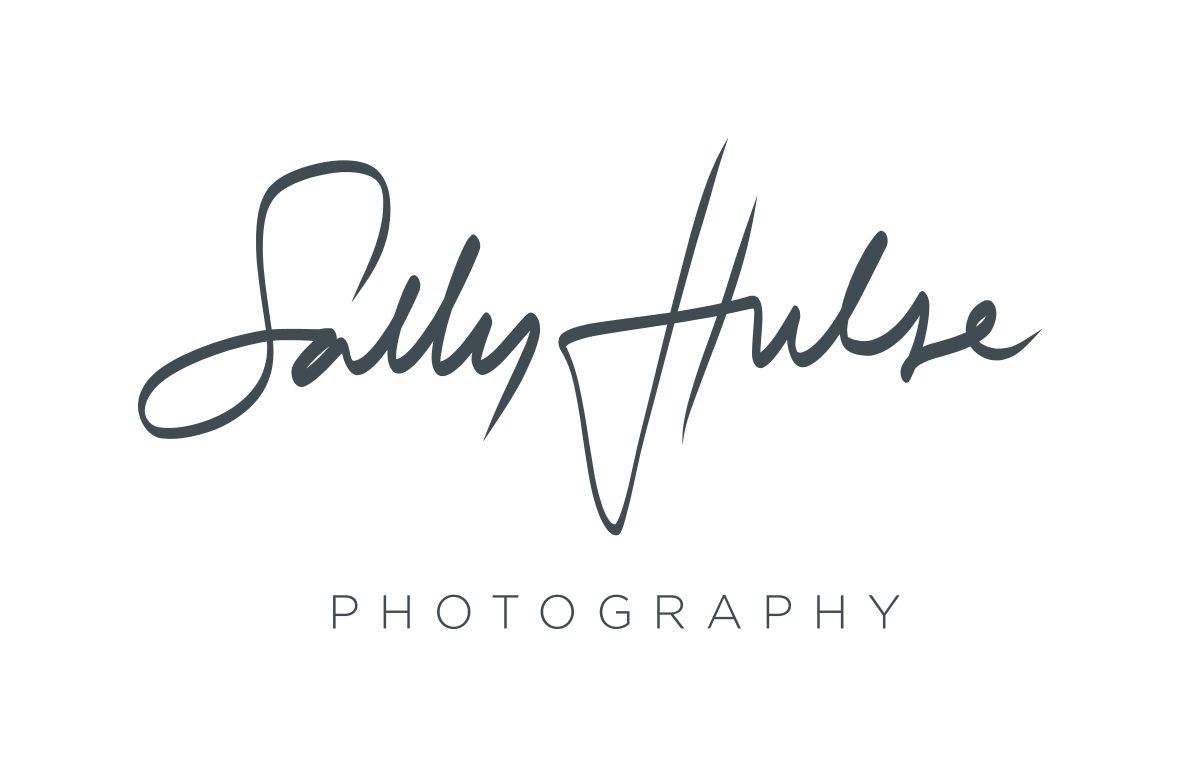How to Prepare for a Photoshoot: A Practical Guide for Brands and Businesses
Hiring a professional photographer is a strategic investment in your business — whether you're launching a product, refreshing your brand, updating your menu, or building a visual library for content creation.
But great photos don’t happen by accident. They’re the result of clarity, collaboration, and thoughtful preparation.
This guide outlines how to prepare for a photoshoot and what to expect from the process, so you can get the most value from your investment — and walk away with visuals that feel polished, purposeful, and on-brand.
1. Know What You Need From Your Images
Before getting into the creative details, it’s important to understand how the images will be used.
Are they for your website? Social media? Product packaging? Print campaigns? A combination?
Do they need to be cropped multiple ways? Include negative space for copy? Feel seasonal, timeless, vibrant, or moody?
The more specific you can be about your goals and platforms, the better your photographer can tailor the shoot to ensure your imagery works where it needs to. It gives photographers the ability to plan everything — from lighting setups to shot composition — around those goals. This kind of strategic thinking early on makes all the difference.
2. Be Honest About Budget (It's Not a Trick Question)
Being upfront about your budget helps define the scope of the shoot. It’s not about pushing your budget limits (we are NOT here to fleece you) — it’s about matching your expectations to what’s possible.
Professional photographers use budget info to make recommendations, scale ideas appropriately, and avoid unnecessary back-and-forth. Whether it’s a full-day shoot with talent and props or a streamlined half-day focused on key assets, having a clear framework helps everyone deliver their best. Trying to plan a full-scale campaign shoot with a mini-shoot budget can lead to disappointment — but when expectations and resources are aligned, we can create something impactful within scope.
3. Why There’s No Rate Card
Here’s a common question: “Can you send your rate card?”
The answer, more often than not, is no — and for good reason. Because photography isn’t one-size-fits-all. Every project is different. Usage, volume, production complexity, styling, turnaround times — there are dozens of shifting parameters, all of which impact the quote.
Most photographers don’t work from a fixed rate card, because we want to give you an accurate price based on what you actually need. That’s why answering a few questions up front — even if they feel detailed — is part of the process. It’s how we make sure the final quote is fair, transparent, and tailored. Without this information, your photographer my end up over-quoting you. Not because we want to - but because we have to cover our bases.
We ask questions to tailor a quote that reflects your needs. It’s not about secrecy — it’s about accuracy.
4. Expect (and Embrace) Questions
A solid photoshoot starts well before the camera comes out. Expect questions about:
Your target audience
Your marketing goals
Brand tone and values
Creative direction or examples
Deliverables and platforms
Visual likes/dislikes
Internal team needs
These questions aren’t fluff — they’re the foundation of a successful shoot. This information helps ensure we’re capturing the right shots, in the right way, for the right purpose. The more we know, the better we can plan — and the more value you get out of the shoot. They also help things run smoother on the day.
5. Use Mood Boards as a Visual Anchor
A good mood board keeps everyone on the same page — whether it’s a polished deck or a simple collection of references.
It sets the tone, colour palette, energy, and style, and it helps ensure creative alignment across the board. That way, the final gallery doesn’t just look great — it feels like your brand.
Mood boards are strategic tools. Whether it’s a folder of reference images or a polished layout, a mood board helps answer questions like:
Is this shoot minimal and modern, or warm and textural?
Should the lighting be natural and soft, or punchy and directional?
Do we want a clean commercial feel or something more editorial?
Clear visual direction = fewer surprises = a smoother shoot.
6. Build in Time for Prep
Photography isn’t just about showing up with a camera — it’s about the planning behind the scenes.
Prep might include:
Sourcing props, products, ingredients
Booking talent or locations
Reviewing or building a shot list
Approvals from your internal team
Timeline planning and logistics
Start early where possible — ideally 3–4 weeks out — to give the process room to breathe. Less stress, better results.
NOTE: Your photographer should be helping you with most of the above. If they aren’t, ask them to. They will often have better knowledge, industry contacts, and in some cases get things for a cheaper price for you.
7. Choose the Right Photographer for the Job
Experience matters. Not all photographers work the same way — and not all specialise in the same kinds of projects. The right photographer for your project will understand the technical requirements, creative direction, and specific needs of your industry.
In food, product, or hospitality photography, technical know-how is crucial. Managing reflections in packaging, capturing steam on a dish, working with ambient or natural light, styling a scene for editorial impact — it all takes experience.
You don’t just want someone who can take a good photo. You want someone who understands your world, can guide the process, and deliver a result that aligns with your brand.
In short - don’t hire a wedding photographer to take editorial images of your recipe. Food/beverage photography is a very niche area of photography
8. Professional Photography vs. Content Creation
There’s a growing trend of businesses hiring content creators for photo shoots — and while there’s nothing wrong with that in the right context, it’s important to know the difference.
Photographers bring technical training, an understanding of lighting and composition, and experience in art direction and post-production.
Social media may feel like a casual space, but it’s often your most visible and influential platform. It is your most cost-effective and audience-efficient way to promote you business and brand. It’s a global marketing power-house. So two things with this:
Please don’t undervalue your visuals because “it’s just for socials”. That can do more harm than good.
Please don’t use “it’s just for socials’ as a way to attempt to get your photography costs down by trying to downplay it’s importance and relevance in your marketing goals.
9. Trust the Process
Even the best-laid shoot plans shift a little on the day — and that’s okay. Photographers come prepared, but also bring the ability to adapt and make smart decisions on the fly.
That flexibility is often where the magic happens. A change in light. A new angle. A last-minute adjustment that takes a shot from good to outstanding. Sometimes the best shots are the unplanned ones. When there’s trust and creative freedom, we’re able to capture those moments that elevate the entire shoot, and sometimes create something even better than expected.
Final Thought
Preparing for a photoshoot doesn’t have to be overwhelming. With clarity, communication, and collaboration, the entire process becomes smoother — and the results speak for themselves.
And if your photographer isn’t asking these questions or guiding you through the process? That’s a red flag worth noticing.
📋 Free Download: Photoshoot Prep Checklist
Prefer a quick-reference version? Download our checklist to stay on track from concept to shoot day.

